WILDLIFE:
The Dominican Republic is also home to an incredible variety of wildlife! From colorful birds and exotic reptiles to marine wonders. Whether you love birdwatching, snorkeling, or just exploring nature, you’ll find plenty of wildlife experiences to enjoy.
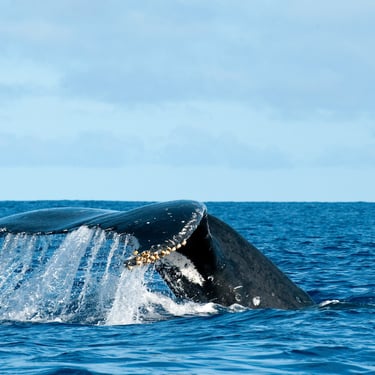
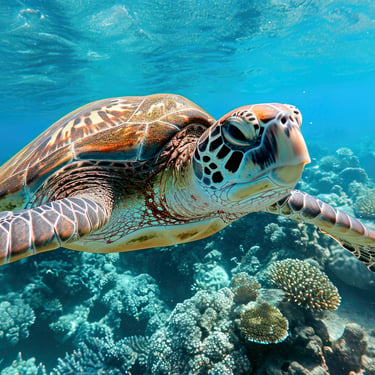
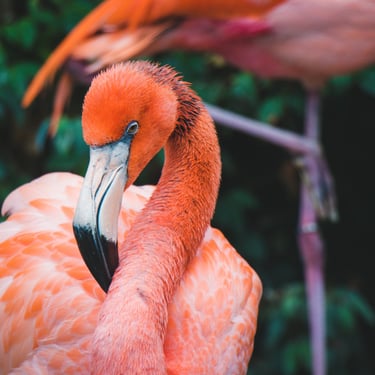
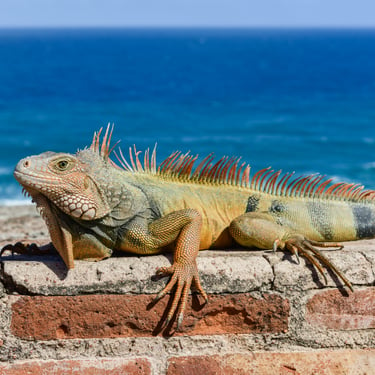
✅Why Explore Wildlife in the Dominican Republic?
Diverse Ecosystems: From tropical rainforests and mangroves to coral reefs and mountains, the country has many different habitats that support a wide range of species.
Endemic Animals: Some animals here can’t be found anywhere else in the world!
Accessible Nature Parks: There are many national parks and protected areas where you can see animals in their natural habitat.
Birdwatching in the Dominican Republic
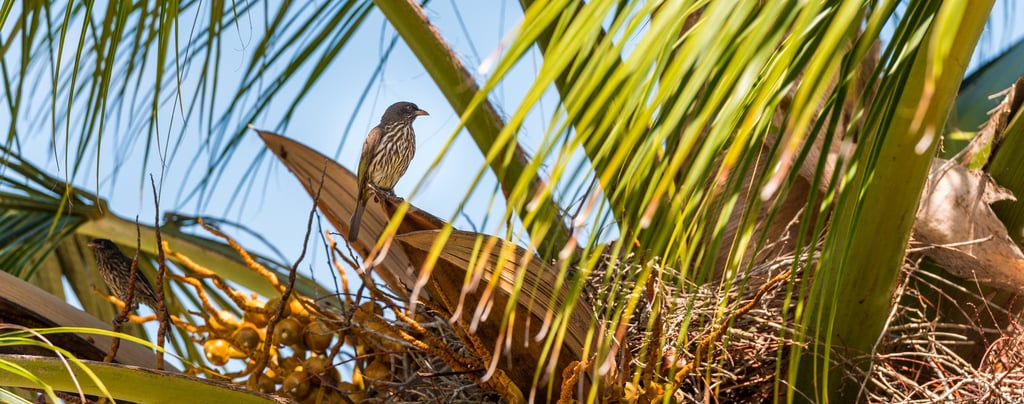

The Dominican Republic is a birdwatcher’s dream. With over 320 recorded species, including 32 endemic birds (found nowhere else in the world), the island offers a colorful and fascinating variety of avian life. Whether you're an experienced birder or just enjoy spotting wildlife, the DR’s national parks, mountains, and lagoons are full of surprises.
✅Notable Birds You Can Spot
Hispaniolan Trogon (Priotelus roseigaster)
Endemic
A striking bird with emerald green upperparts, red belly, and a long, squared tail.
Fun Fact: It’s a relative of the quetzal and one of the island’s most beautiful birds.
📍 Best seen in: Sierra de Bahoruco and Ebano Verde Scientific Reserve
Palmchat (Dulus dominicus)
National Bird of the Dominican Republic
The only member of its genus and family!
Builds massive communal nests in palm trees that can house up to 20 birds.
📍 Commonly seen in: gardens, urban areas, and countryside all over the island
Ridgway’s Hawk (Buteo ridgwayi)
Critically Endangered & Endemic
One of the rarest raptors in the world, with fewer than 500 individuals left.
📍 Best seen in: Los Haitises National Park, where conservation efforts are based
American Flamingo (Phoenicopterus ruber)
Not endemic, but a spectacular sight!
Graceful pink birds found in saltwater lagoons and coastal areas.
📍 Best seen in: Lake Enriquillo and Laguna de Oviedo, especially in the southwest
Hispaniolan Woodpecker
Endemic
Bold and noisy with bright yellow and black plumage.
📍 Spotted throughout the island, especially in wooded areas
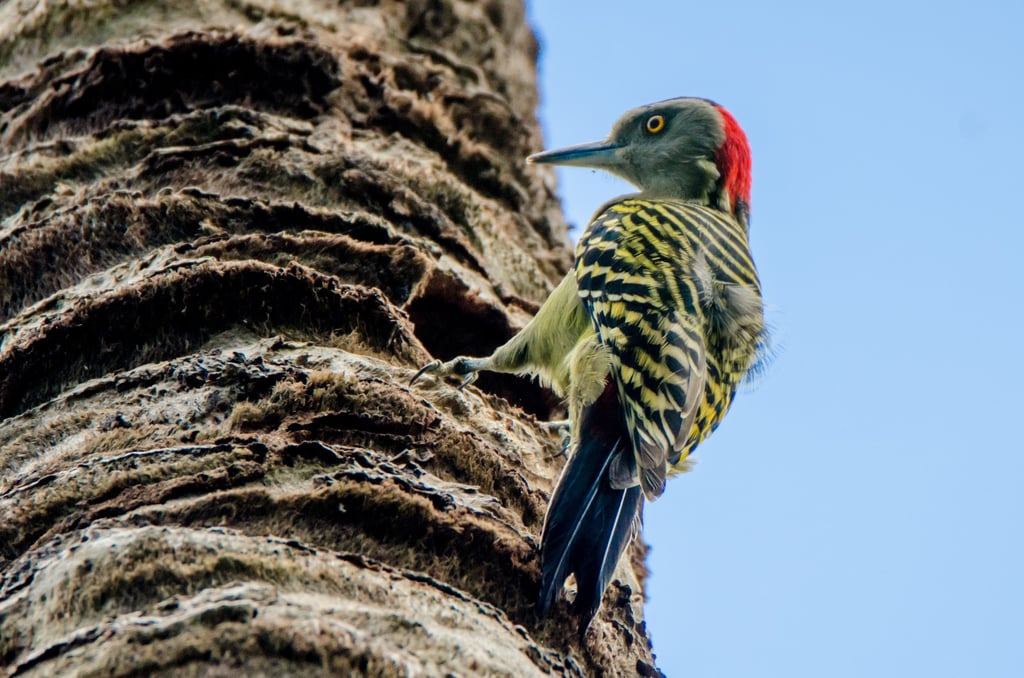

✅Best Birdwatching Spots in the Dominican Republic
Sierra de Bahoruco National Park
UNESCO Biosphere Reserve
Over 180 bird species recorded
Located in the southwest, ideal for spotting endemic and migratory species
Los Haitises National Park
A lush, mangrove-rich area on the northeast coast. Read more.
Prime location for spotting Ridgway’s Hawk, pelicans, herons, and parrots
Ebano Verde Scientific Reserve
Cloud forest environment in the Central Mountain Range
Known for rare highland species like the Eastern Chat-Tanager
Santo Domingo Botanical Gardens
Perfect for casual birding near the capital
Home to dozens of species including the Palmchat and hummingbirds
Laguna de Oviedo & Lake Enriquillo
Great spots for flamingos, ibises, and migratory birds in saltwater habitats
✅Best Time for Birdwatching
Early Morning (6:00 AM – 9:00 AM): Birds are most active during the cooler hours.
Dry Season (November to April): Offers clearer trails, fewer mosquitos, and better visibility.
Migration Peaks: October–November and March–April for migratory species from North America.
Marine Life in the Dominican Republic
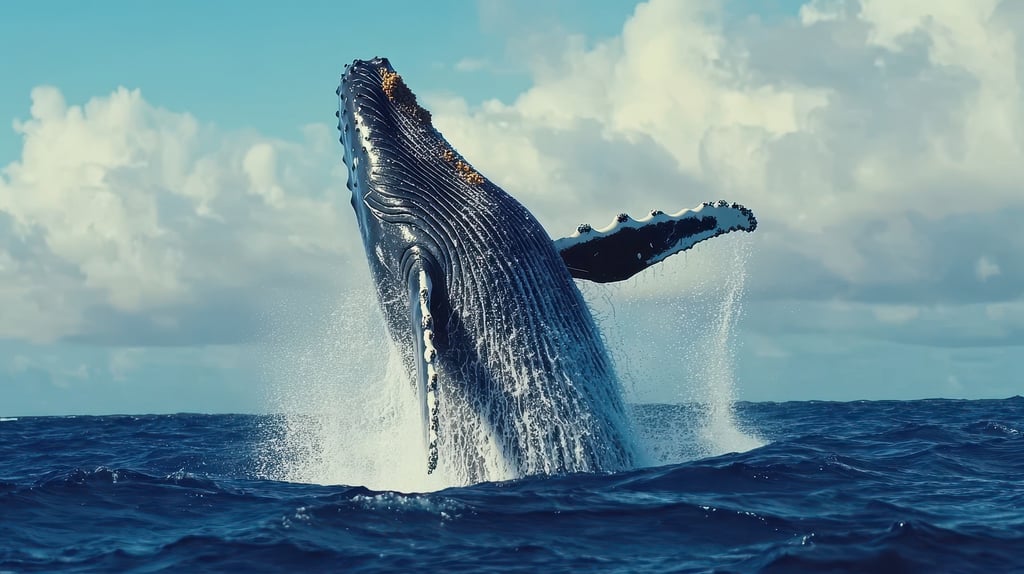

The Dominican Republic is surrounded by warm Caribbean waters full of amazing sea life. Whether you're snorkeling close to shore or diving deeper with a guide, you'll find coral reefs, colorful fish, and unique sea creatures. And if you're here between January and March, you can witness one of nature's most incredible events,the arrival of humpback whales.
✅Humpback Whales
Every year, thousands of humpback whales travel from the icy North Atlantic to the warm waters of Samaná Bay to mate and give birth. This is one of the most amazing wildlife events in the Caribbean.
These gentle giants can grow up to 50 feet (15 meters) long and weigh around 40 tons. On a whale watching tour, you might see them jump out of the water (breaching), splash their tails, or hear them “sing” using underwater microphones.
Humpback whales live in deep water far from shore. You won’t see them while snorkeling or diving. Instead, book a guided boat tour. These tours are safe, eco-friendly, and led by marine experts.
Location: Samaná Bay
When: Mid-January to late March
Book Now: Whale Watching Tours
Travel Tip: Wear a hat, bring water, and take motion sickness tablets if you get seasick easily. Tours can fill up fast, so book in advance.
✅Sea Turtles
The Dominican Republic is home to three species of sea turtles:
Green turtles – often seen grazing on sea grass
Hawksbill turtles have a colorful shell and a beak-shaped mouth
Leatherback turtles – the largest turtles on Earth, sometimes found in remote areas
Where to see them:
Saona Island – one of the best places to spot turtles while snorkeling or on a boat tour
Bayahibe – a popular snorkeling and diving hub with healthy reef systems
Catalina Island – also known for coral reefs and turtle encounters
Some tours even include marine education or take you to places where local groups release baby turtles back into the wild. Watch from a distance. Never touch or chase turtles — they are protected, and human contact can harm them.
✅Dolphins
Bottlenose dolphins are the most common dolphin species in the Dominican Republic. These smart, social animals are often seen:
Swimming beside boats
Jumping and flipping in the waves
Sometimes near near-coastal tours in Samaná, Bayahibe, and Los Haitises.
✅Colorful Reef Creatures
The coral reefs around the Dominican Republic are full of color, movement, and fascinating marine life. You don’t need to be a professional diver to enjoy it, many reef zones are shallow, calm, and easy to explore, even for beginners.
From schools of tropical fish to stingrays, nurse sharks, and living coral gardens, the underwater world is just as beautiful as the beaches above.
Tropical Fish – Includes bright and beautiful species such as:
Parrotfish – Bite coral and help make soft white sand
Sergeant majors – Bold black-and-yellow striped fish
Angelfish – Colorful, slow-swimming reef favorites
Trumpetfish & damselfish – Small, fast, and fun to watch
Red snapper – Common around coral and rocks
Lionfish – A beautiful but invasive species with red-and-white stripes and long venomous spines. Keep a safe distance — they’re dangerous to touch but fascinating to see.
Rays – Including stingrays and spotted eagle rays, often seen gliding near the sandy bottom
Sharks – Mostly nurse sharks and reef sharks, which are calm and often resting on the ocean floor
Eels – Especially moray eels, hiding in holes and coral crevices
Lobsters – Spiny lobsters tucked under coral ledges
Starfish – Often bright orange or red, found on shallow sandy patches
Coral & Sponges – Lively coral gardens with sea fans, brain coral, and colorful sponges swaying gently with the current
Every snorkel or dive trip offers a chance to spot something amazing. The best places to see reef creatures are
Bayahibe (Southern Coast)
Clear, calm waters with over 20 snorkel and dive sites
Famous for three shipwrecks: Atlantic Princess, St. George, and Coco
Great for beginners and experienced explorers
Snorkeling right off the beach in some areas
Known for crystal-clear waters and colorful fish
A great place to see parrotfish, sergeant majors, and lionfish
Popular for both snorkeling and diving excursions
Punta Cana & Bávaro (Eastern Coast)
Home to one of the DR’s longest reef systems
Many snorkeling catamaran tours operate daily, offering reef access, music, and drinks
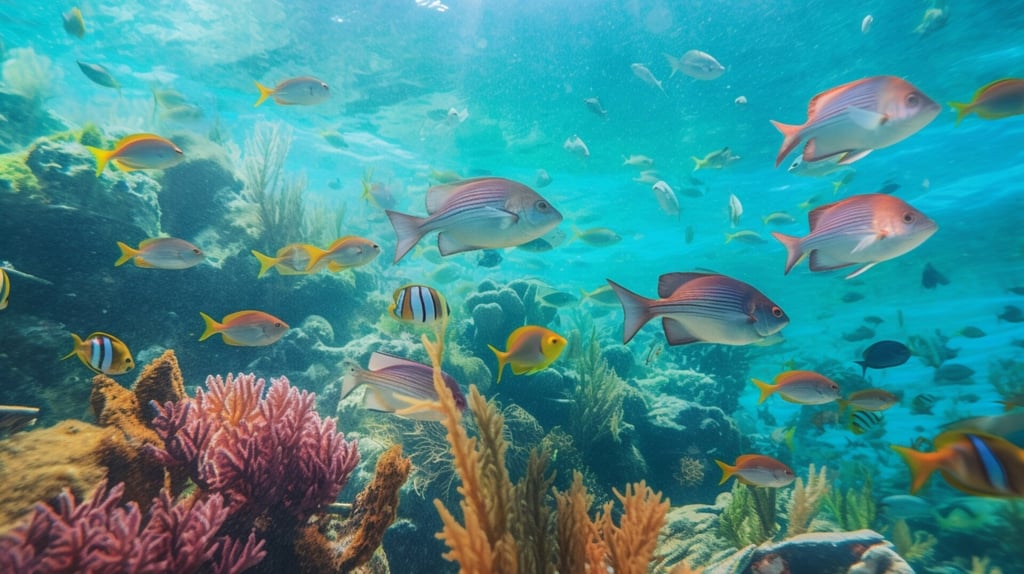

Reptiles and Amphibians
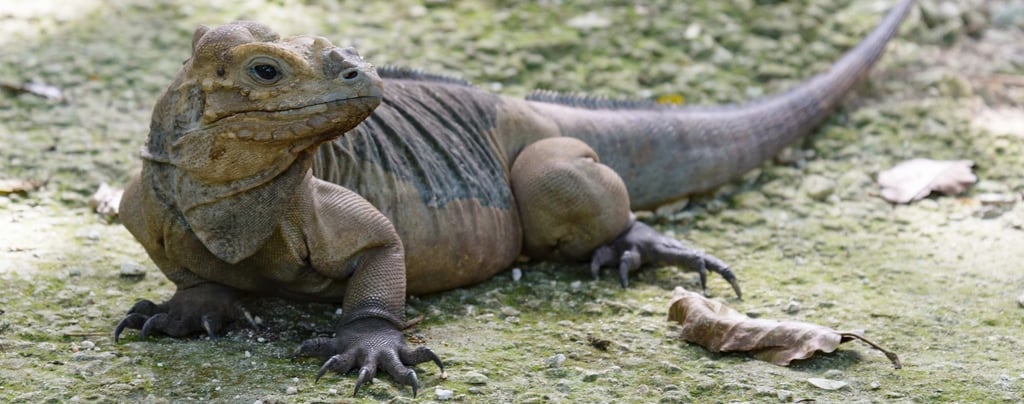

The Dominican Republic is home to some of the Caribbean’s most remarkable reptiles—many rare, harmless, and found only on this island. From giant iguanas to tiny geckos, these creatures are best spotted in the dry forests, rocky coasts, and protected southwest parks.
✅American Crocodile
Where to see it: Lake Enriquillo (Lago Enriquillo)
Size: Males can grow over 13 feet (4 meters) long
Fun fact: Lake Enriquillo hosts one of the largest natural populations of American crocodiles in the Caribbean.
These crocodiles live in the hypersaline waters of Lake Enriquillo, the Caribbean’s largest lake and the lowest point on any island in the world. Despite their size, they are shy and rarely seen up close. Boat tours around Isla Cabritos offer the best chance to spot them from a safe distance.
✅ Rhinoceros Iguana
Where to see it: Isla Cabritos (Lake Enriquillo), Jaragua National Park, Sierra de Bahoruco
Size: Up to 4.5 feet (1.4 meters) long
Conservation status: Endangered
Named for the horn-like bumps on their snouts, rhinoceros iguanas are large, plant-eating lizards that bask on rocks and roam dry forests. They play a key role in spreading seeds and maintaining the island’s ecosystem.
✅Ricord’s Iguana – A Rare and Beautiful Species
Where to see it: Lake Enriquillo area, Pedernales Province, Jaragua National Park
Size: Similar to the rhinoceros iguana
Conservation status: Endangered.
Ricord’s iguanas are critically endangered and live only in a few dry, rocky areas of southern Hispaniola. They often share habitats with rhinoceros iguanas, but are even rarer. Conservation groups like Grupo Jaragua work to protect them from habitat loss and predators.
✅Hispaniolan Boa
Where to see it: Sierra de Bahoruco, dry forests, and caves across the island
Size: Up to 6 feet (1.8 meters) long
Venomous? No, completely non-venomous and harmless to humans.
✅Jaragua Gecko
Where to see it: Jaragua National Park and Beata Island
Size: Only 0.6 inches (1.6 cm) long
Fun fact: Discovered in 1998, it’s the smallest known reptile in the world.
This tiny gecko lives in the leaf litter of dry forests and is extremely hard to spot. Its discovery highlighted the incredible biodiversity of the Dominican Republic’s protected area
✅Other Rare Reptiles & Amphibians to Watch For
Coquí frogs – Tiny, musical tree frogs native to Hispaniola
Curly-tailed lizards – Easy to spot in dry coastal areas
Tree frogs – Noisy, nocturnal, and fascinating during the rainy season
Anoles – Small, colorful, and active during the day
Rare snakes – Like the Hispaniolan cat-eyed snake, shy but important
Tortoises – Often seen in rural areas, sometimes as pets
Mammals
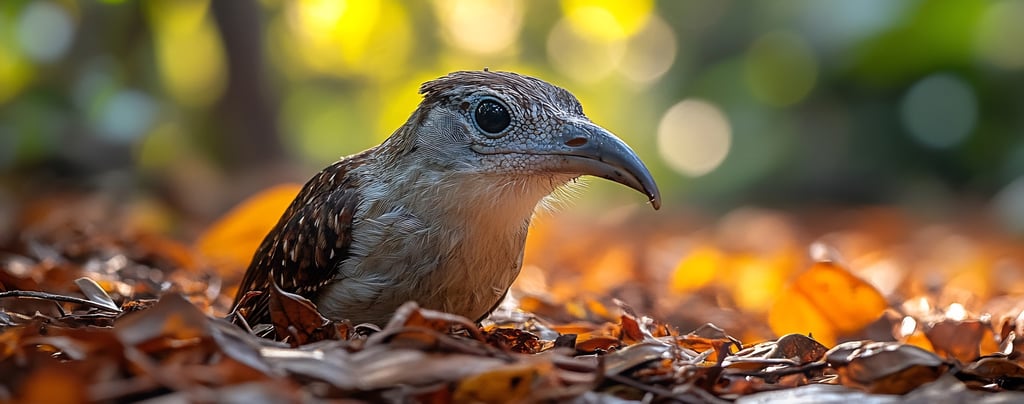

The Dominican Republic is home to some of the Caribbean’s rarest and most unique mammals. Many of them live only on this island. From ancient insect-eaters to a wide variety of bats, these animals are best seen in forests, caves, and national parks.
✅Hispaniolan Solenodon
Where to see it: Sierra de Bahoruco, Jaragua National Park, and other protected forests
Size: About 12 inches (30 cm) long, plus a tail
Fun fact: One of the few venomous mammals in the world.
The Hispaniolan solenodon is a rare, insect-eating mammal that looks like a large shrew. It has a long, flexible snout and is one of the few mammals that produces venom, using grooves in its lower teeth. Known as a “living fossil,” it has changed very little in over 76 million years. Today, it still lives in protected forests in the Dominican Republic, but is very shy and active only at night.
✅Hispaniolan Hutia
Where to see it: Los Haitises National Park, Jaragua National Park, and other forested areas
Size: About 12 inches (30 cm) long, plus a tail
Conservation status: Classified as "Least Concern" but faces threats from habitat loss and introduced predators.
The Hispaniolan hutia is a nocturnal rodent that lives in trees and eats fruits and leaves. It’s only found on Hispaniola and is the last of its kind. Hutias are social, live in small groups, and make soft, bird-like sounds. They help keep forests healthy by spreading seeds.
✅Bats
Where to see them: Caves in Los Haitises National Park, Sierra de Bahoruco, and other regions
Species count: Over 20 species, including insectivorous and nectar-feeding bats
Fun fact: Bats are vital for pollination and insect control in the Dominican Republic
Bats are the most diverse group of mammals in the Dominican Republic, with species ranging from the insect-eating ghost-faced bat (Mormoops blainvillei) to the nectar-feeding brown flower bat (Erophylla bombifrons). These bats roost in caves and are essential for pollinating plants and controlling insect populations. Cave tours in national parks like Los Haitises offer opportunities to observe these fascinating creatures.
Plan Your Wildlife Adventure
If you're an animal lover or nature enthusiast, exploring the wildlife of the Dominican Republic should be on your bucket list.
✅Book Wildlife Tours & Experiences:
Humpback Whale Watching in Samaná – Check availability here
Guided Birdwatching Tour in Los Haitises – Book your tour here
Snorkeling & Trips – Find the best options here
✅Eco-Friendly Stays for Nature Lovers
If you want to enjoy nature while minimizing your environmental impact, the Dominican Republic has several eco-lodges that offer both comfort and sustainability:
Tubagua Eco Lodge (Puerto Plata): Located in the mountains, this lodge offers breathtaking views and private trails through farms and meadows leading to natural springs. It's a great spot for birdwatching and exploring local wildlife. Book here.
Clave Verde (El Limón): A 3-star eco-lodge with rooms, suites, and villas for couples, families, and groups. Activities include hiking, whale watching, kayaking, and zip-lining—ideal for adventure seekers. Book here
Choosing these eco-lodges lets you experience the Dominican Republic’s stunning landscapes while supporting sustainable travel. Read more about eco-lodges in the Dominican Republic
The Dominican Republic is more than just a beach paradise—it’s a living, breathing wildlife wonderland waiting to be explored. So grab your camera, pack your binoculars, and get ready for an unforgettable adventure!
Terms and Condtions
© All rights reserved 2025
Affiliate Disclaimer
Some links on DR Simplified are affiliate links. If you make a purchase or booking, we may earn a commission at no extra cost to you. Thanks for your support!
